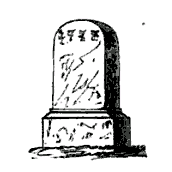This article needs additional citations for verification .(February 2020) |
| Years |
|---|
| Millennium |
| 2nd millennium |
| Centuries |
| Decades |
| Years |
March 20: King Henry IV of England dies and is succeeded by his son, King Henry V.
| 1413 by topic |
|---|
| Arts and science |
| Leaders |
| Birth and death categories |
| Births – Deaths |
| Establishments and disestablishments categories |
| Establishments – Disestablishments |
| Art and literature |
| 1413 in poetry |

Year 1413 ( MCDXIII ) was a common year starting on Sunday of the Julian calendar.

